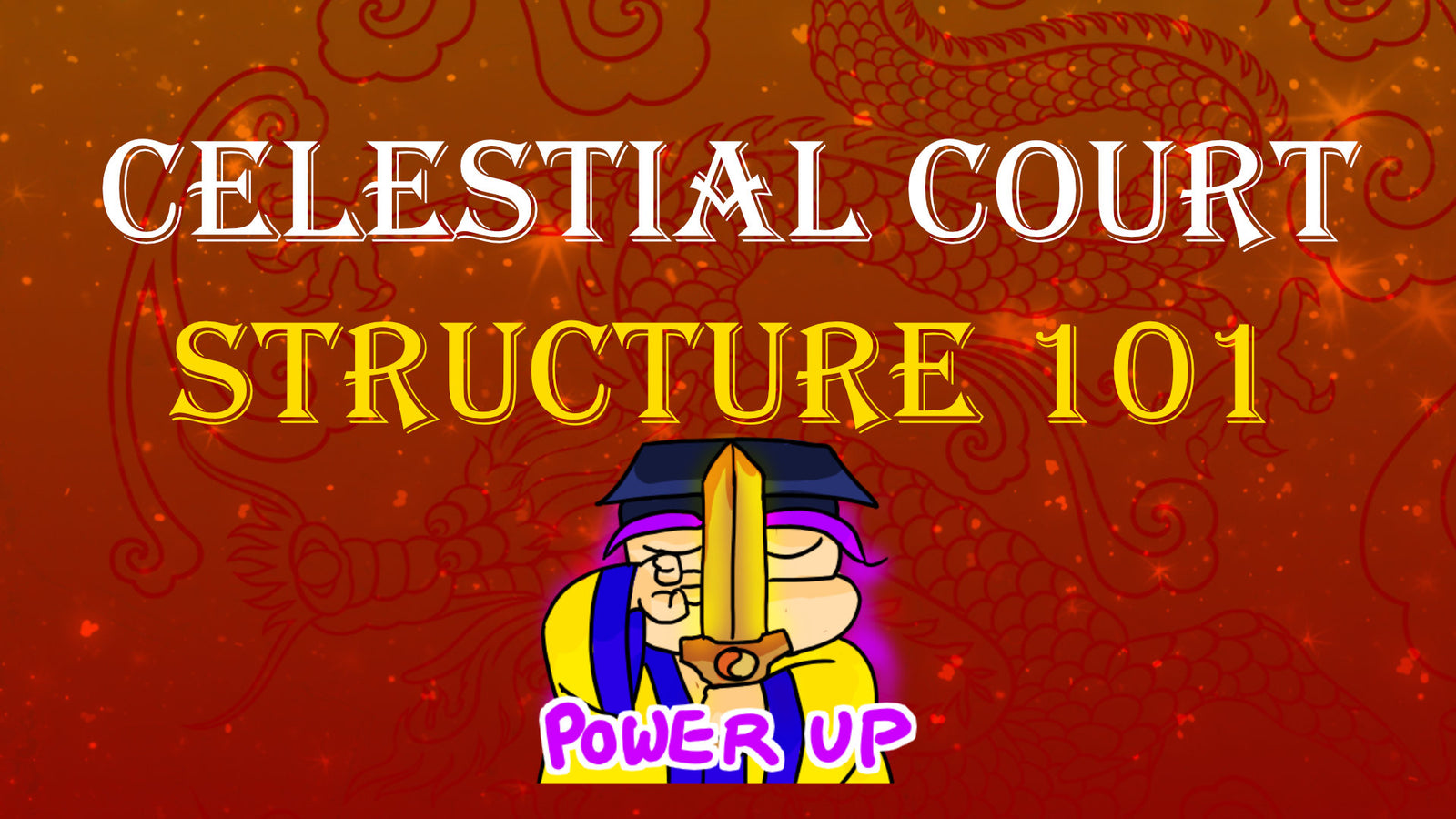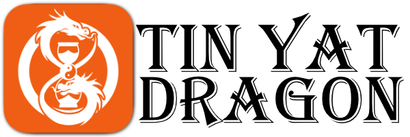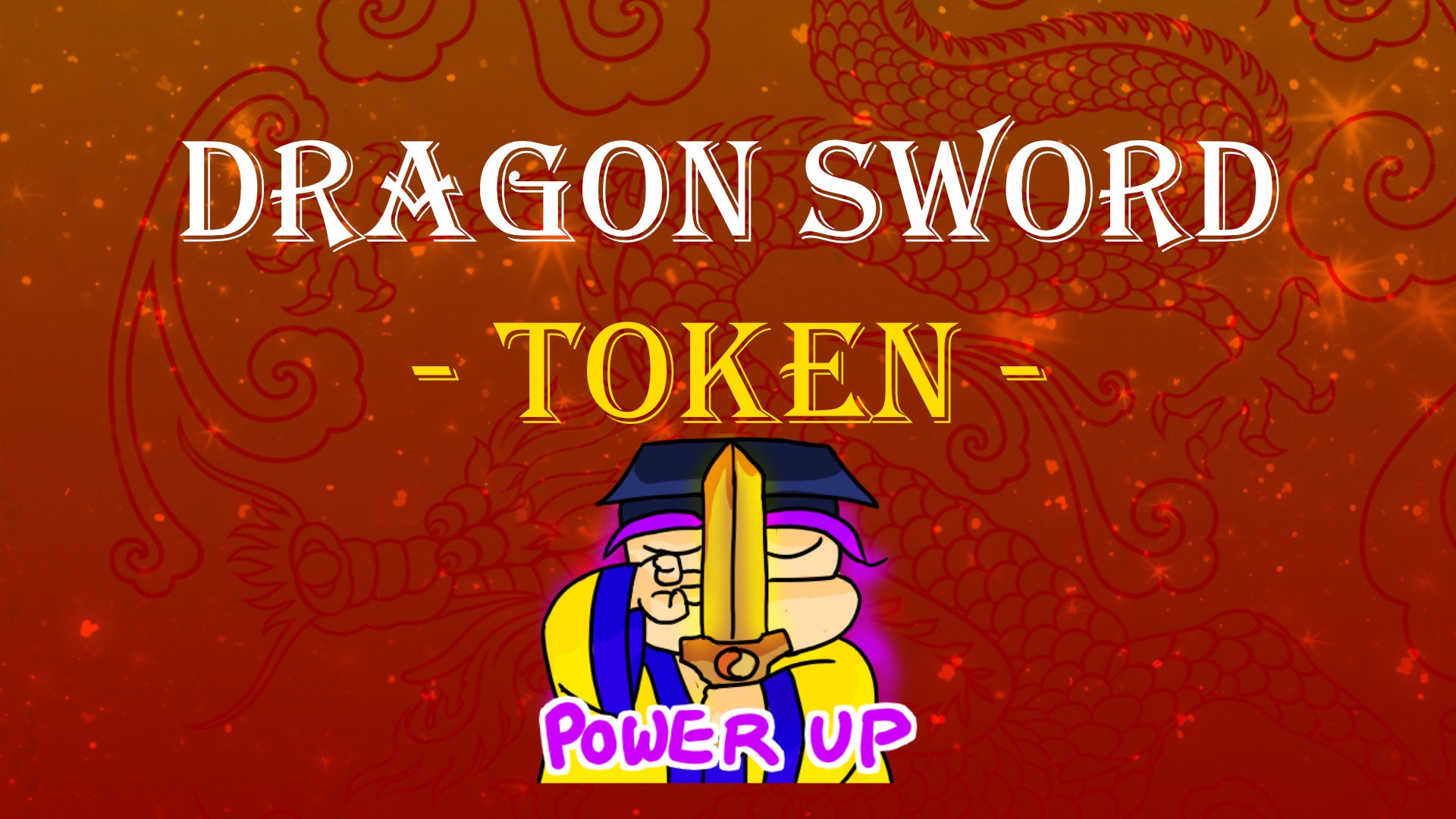
Introduction:
In this lesson, we will explore the celestial court, known as the Tin Ting (天庭) in Chinese, to gain a deeper understanding of its organization and functions.
Location and Purpose:
The celestial court is situated between the Yuen Sun Palace and the sky pillar, a considerable distance from our earthly realm. It serves two primary purposes: firstly, it enables the Sun Ting (a celestial deity) to transmit energy and blessings through the sky pillar, ensuring their purity and untainted nature. Secondly, the celestial court acts as an upper-level management and provider for the TYHQ Religious Court. However, accessing the celestial court requires disciples to possess a certain level of purity, as well as the appropriate attire, equipment, and skills for the ceremony. Most disciples will not have the opportunity to enter this sacred space during their lifetime, which is not a cause for concern. Taoism does not emphasize a competitive race to ascend the spiritual hierarchy.
Structure of the Celestial Court:
The Tin Ting, or celestial court, comprises five main palaces and two courts, resembling a half-sphere floating island with multiple layers. At the top of the Tin Ting is the Sky Emperor Palace (天皇殿), presided over by the highest god responsible for matters pertaining to the Sun Ting. This palace also serves as the governing authority for the entire celestial court system.
Conversely, the bottom of the Tin Ting leads to the Ground Emperor Palace (地皇殿), overseen by the highest god responsible for matters pertaining to the TYHQ. It serves as the gateway for communication between the TYHQ and the celestial court.
On the flat surface of the celestial court lies the Saam Ching Palace (三清殿), which represents the main god, Saam Ching, responsible for setting rules and alignments within the court system. Saam Ching embodies the principles of Tin Law, Dei Law, and Daai Law from above.
The left side is occupied by the Jade Emperor Palace (玉皇殿), where the emperor handles non-military affairs within the court system, primarily focusing on wealth and resources.
The right side features the Ji Mei Emperor Palace (紫微殿), where the emperor oversees all military matters within the court system.
The front of the celestial court is known as the Celestial Court (天庭) and serves as the gathering place for meetings and announcements throughout the entire system. It also acts as the entrance to the celestial court. The Jade Emperor is responsible for this court.
The back of the celestial court is the Thunder Court (雷庭), dedicated to military operations, justice, punishments, and imprisonment. The Ji Mei Emperor presides over this court.
The various lineage gods are assigned places in the celestial court based on their properties, with the nine main gods and Bagwa Jo Si positioned in the central palace. Saam Ching, known as "Tin Juen" (天尊), serves as the power source in this court for their corresponding bodies on the TYHQ side.
Guardians and Additional Islands:
Similar to the TYHQ system, the celestial court is protected and assisted by four smaller islands surrounding the main floating island. Each island corresponds to a cardinal direction: east, south, west, and north. A celestial emperor governs each of these islands.
The Eastern Sky is governed by the Green Emperor (東方青帝), representing an academy-like zone where individuals in this world can learn, train, and develop their powers.
The Southern Sky is overseen by the Red Emperor (南方赤帝), representing an office and workplace area that produces goods for the TYHQ below. This zone has the most interaction with the postheaven world during ceremonies.
The Western Sky is under the governance of the White Emperor (西方白帝), which serves as a military force zone for executing military tasks and engaging in combat.
The Northern Sky is governed by the Black Emperor (北方黑帝), representing a workforce zone where individuals contribute to the court system by delivering various items, analogous to a loading dock in a warehouse.
The Central Sky is governed by the Yellow Emperor (中央黃帝), serving as the command center responsible for establishing rules, alignments, corrections, and communication within the court.
In a 360-degree fashion, numerous floating islands are occupied by "immortals" residing in the celestial court system. They can travel between islands to reach their workplaces or attend training sessions. Should one pass away and find themselves in this realm, their residence could be on any of the smaller islands, and they would commute to assigned zones for work.
The Five Elder Emperors:
The five emperors mentioned earlier are collectively referred to as the Five Elder Emperors (五老大帝). They constitute the main workforce within the court system and possess tremendous power, making them the five thunder powers (Tin Ting Ng Lui 天庭五雷).
Symbolic Robes:
Each department within the Tin Ting is represented by specific colored robes. The colors include red, green, white, black, and yellow. For instance, the white robe is worn during military-related tasks and magical battles.
Conclusion:
Understanding the celestial court's structure provides valuable insights into its organization and functions. The various palaces, courts, and islands contribute to the smooth operation of this celestial realm, overseen by the Five Elder Emperors.



